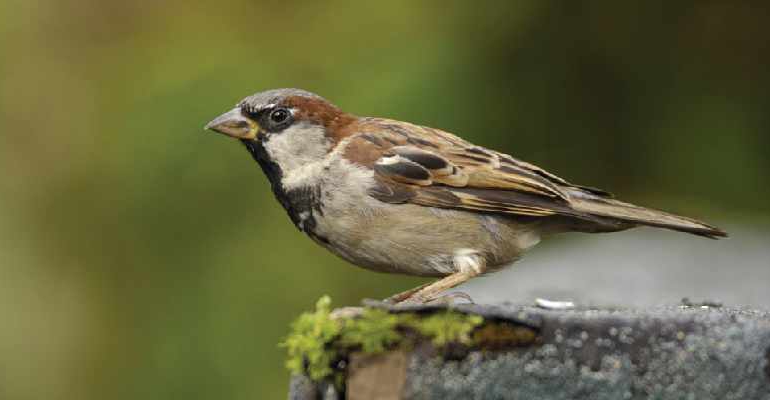
The air is beginning to buzz with the sounds of nature; sweet bird song and awakening insects flying among the wildflowers. Let’s celebrate the season with Tim Webb from the RSPB
Birds are an amazing natural phenomenon. They can be traced back to the time of the dinosaurs and these warm-blooded creatures have adapted to live in every corner of our world, from the freezing poles to the searing deserts. Yet they don’t live in isolation. All birds depend on a whole network of other creatures and plants to survive.
Living in all habitats, birds are truly global creatures. The swifts that like to nest in the eaves of our buildings spend half their lives over African forests and Savannah’s. The blackbirds and robins that swell in number in winter may be visiting from France or Spain.
They come to find food and reproduce, which makes it sound like a party, but they do us a favour by undertaking tasks that it would cost us dearly to replace should those birds ever cease to exist.
Research has found a single swift can gobble up to a thousand flying insects each day. Where malarial mosquitoes abound, that’s an important pest control. In Sussex, we’re probably more concerned with aphids and midges than mosquitoes, but climate change is bringing the very real danger of parasitic mosquitoes in the UK closer to reality.
March is Hexagonal Awareness Month, so it seems fitting to choose six natural things to celebrate and support:
Firstly, hexagons bring honeycombs to mind and honeybees are one of the many creatures that pollinate plants. Without pollinators our supermarket shelves would be empty, as we’d have no fruits or cereals and none of the processed foods that rely on natural ingredients. In short, we’d all be poorer for the loss of our lovely pollinators, yet we rarely give them a second thought. Wasps may be hated by many, but they are as important as honeybees, bats, birds, ladybirds and even some spiders when it comes to pollination. Encouraging and supporting pollinators is easy.
Take advantage of the month and scatter some wildflower seeds along garden edges or maybe brighten a road verge, and wait for the colours of bluebells, poppies, cornflowers, rosemary and camomile bursting into bloom.
Secondly, with your wildflowers drawing in all these pollinators, you’ll become aware of the many small birds that feast upon them. Blue tits, sparrows, blackbirds, wrens and starlings will be regular visitors. As evening draws in, a new and more mysterious crowd will be attracted to the scented flowers. Shine a torch on the plants and you could find moths, hedgehogs and maybe slow worms. Point the beam upwards and you may be lucky enough to catch an early evening bat hunting unlucky moths.
Thirdly, by growing one type of plant (wildflowers), you’ve established a whole food chain and created an intricately linked system of living organisms, the most useful of which is the detritivores. These include some of our least liked creatures: woodlice, snails, slugs, centipedes and good old earthworms. These tireless workers munch up the dead and decaying plant matter, returningnutrients and fibre to our soil to keep it fertile and aerated.
Fourthly, why stop at creating one type of habitat? Even the smallest of spaces can incorporate three or more different areas that will support a different cast of nature’s characters. A water feature is like a magnet for life: frog or toad spawn magically appears and jewel coloured dragonflies may flit over the surface, looking for somewhere to lay eggs or pause for lunch.
Fifthly, dense shrubberies or hedges are desperately needed, having fallen out of favour as we all try to maximise outdoor spaces or escape the need to annually prune and trim them. Wood panel fencing or wire mesh may be space saving and relatively low-maintenance, but they don’t offer safe places where small birds or bugs can nest and reproduce. Pick the right shrubs and you’ll also provide winter food for garden birds who love ivy or pyracantha berries.
And my final part of the hexagon of natural wonders you can create is your compost bin. This is a cost effective way to manage green waste from your outdoor space and to dispose of fruit and vegetable peelings you’d otherwise send to landfill. Admittedly it’s a slow process, but the rich material that gathers at the bottom of the pile can be used to enrich soil in pot plants or gardens. The process creates warm, damp conditions favoured by toads and slow worms, which prey on slugs and snails that could be eating some of your wildflowers.
For a free booklet on how to give nature a home, visit the RSPB’s website: www.rspb.org.uk/homes
Photographs: Ray Kennedy/Eleanor Bentall/Dave Goulson/Ben Andrew/Grahame Madge/Carolyn Merrett/Andy Hay
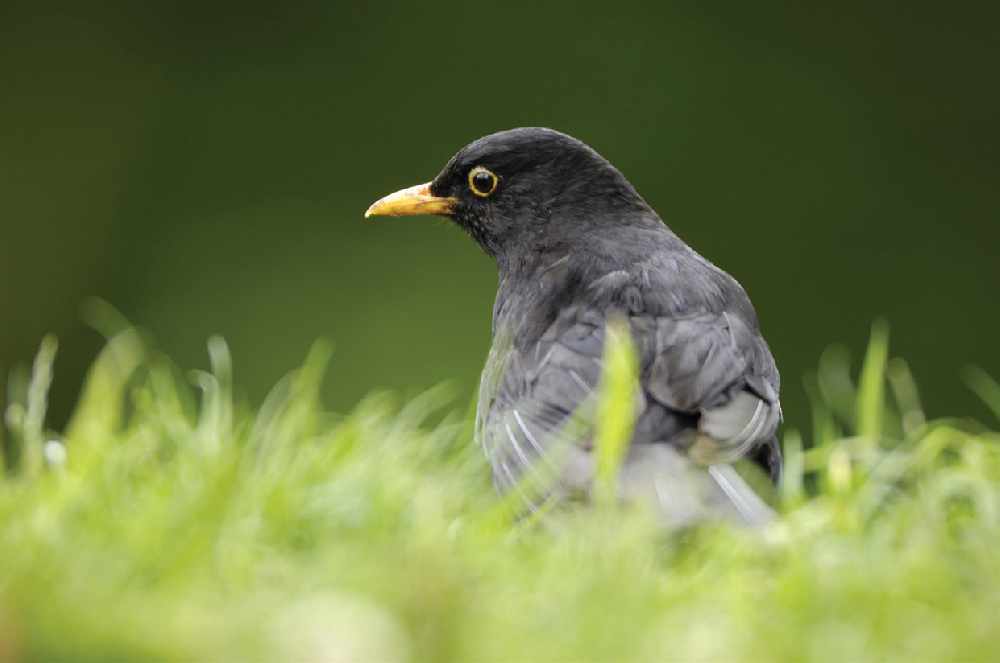

 It’s a Dog’s Life: Let it Snow... Somewhere Else
It’s a Dog’s Life: Let it Snow... Somewhere Else
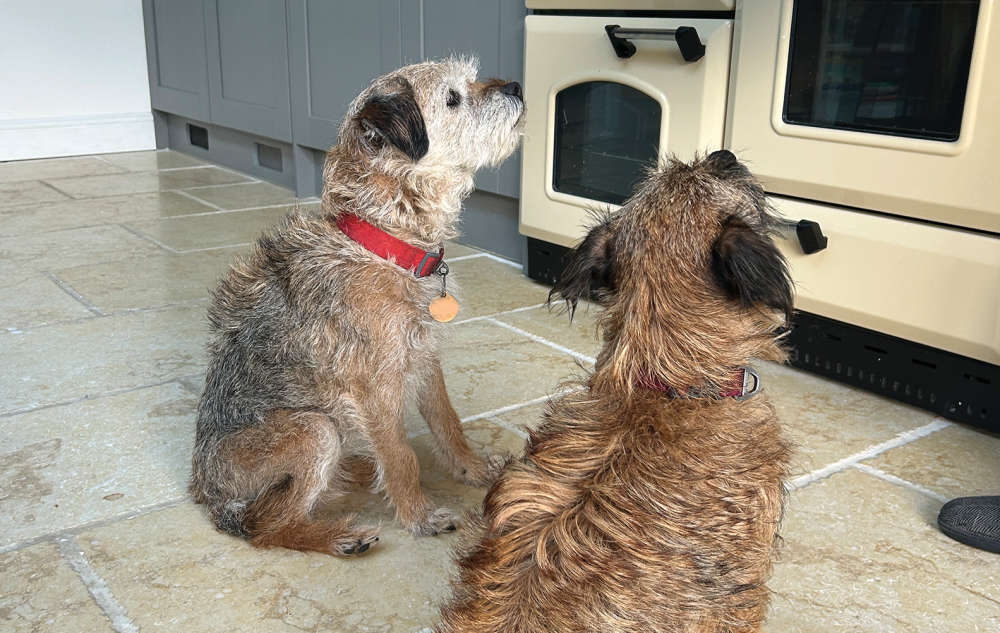 It's a Dog's Life: Foods are Seasonal, Treats are Perennial
It's a Dog's Life: Foods are Seasonal, Treats are Perennial
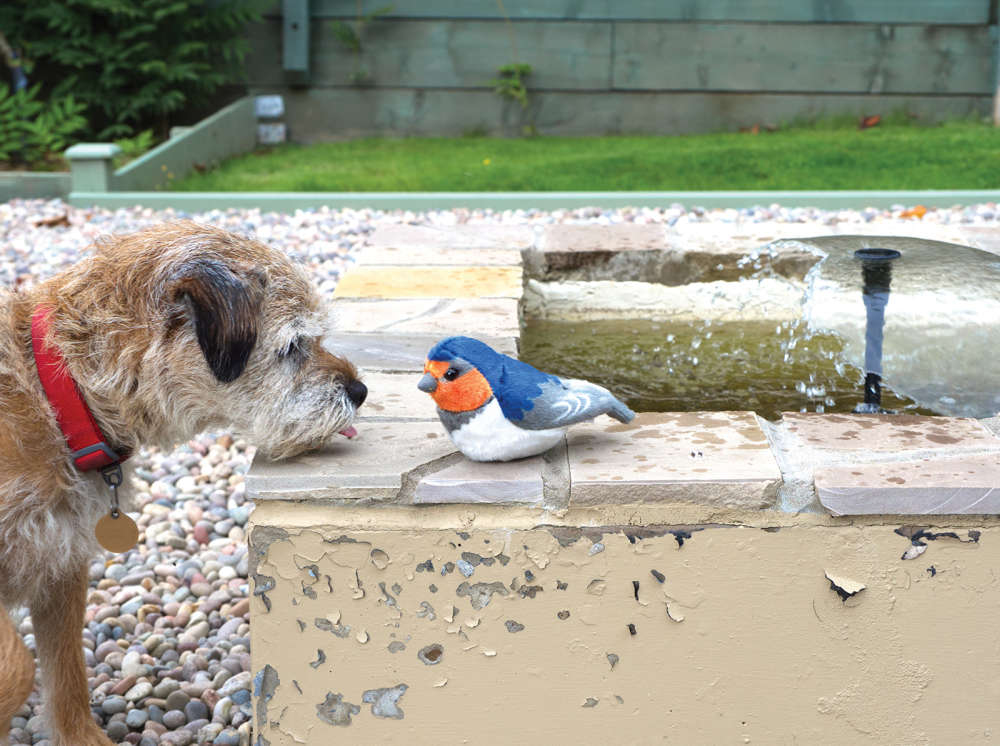 It's a Dog's Life: World Animal Day
It's a Dog's Life: World Animal Day
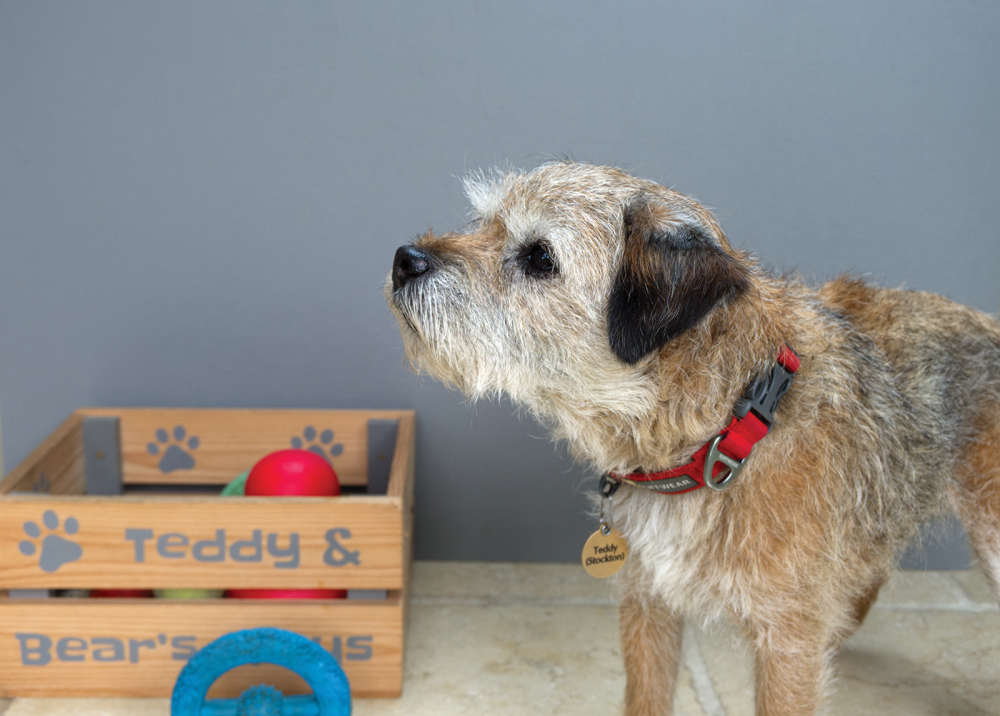 It's A Dog's Life: Never Assume...
It's A Dog's Life: Never Assume...
 Fostering Happiness at Raystede
Fostering Happiness at Raystede
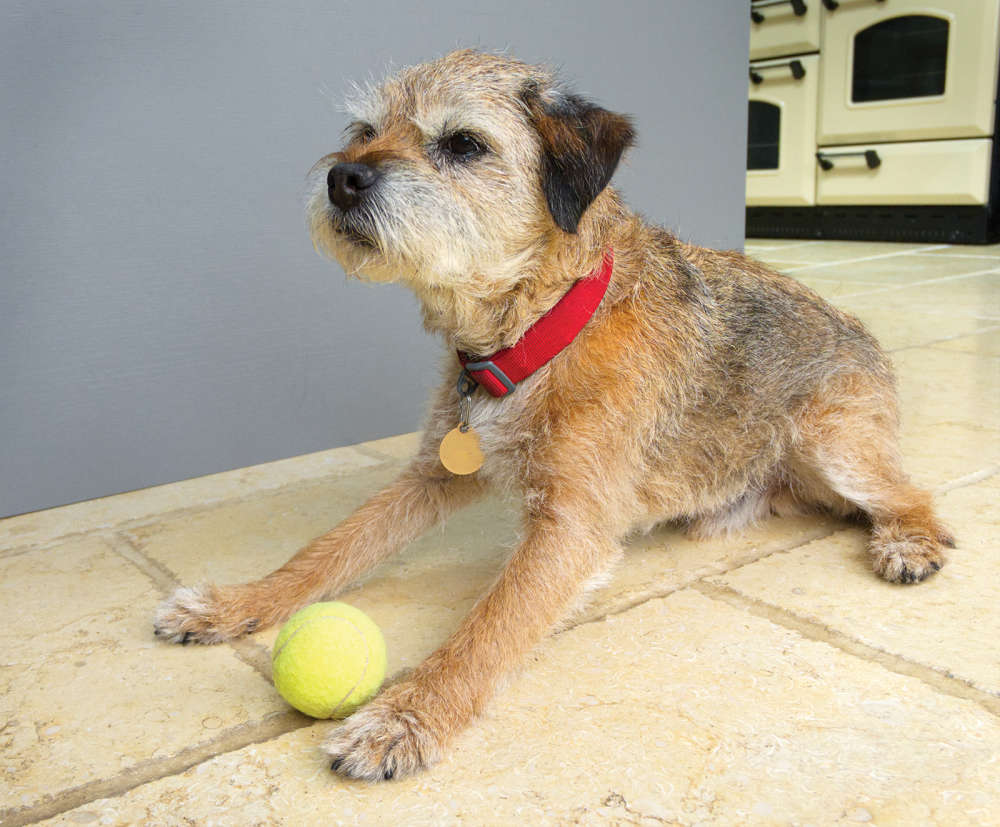 It's a Dog's Life: Why So Much Sport?
It's a Dog's Life: Why So Much Sport?
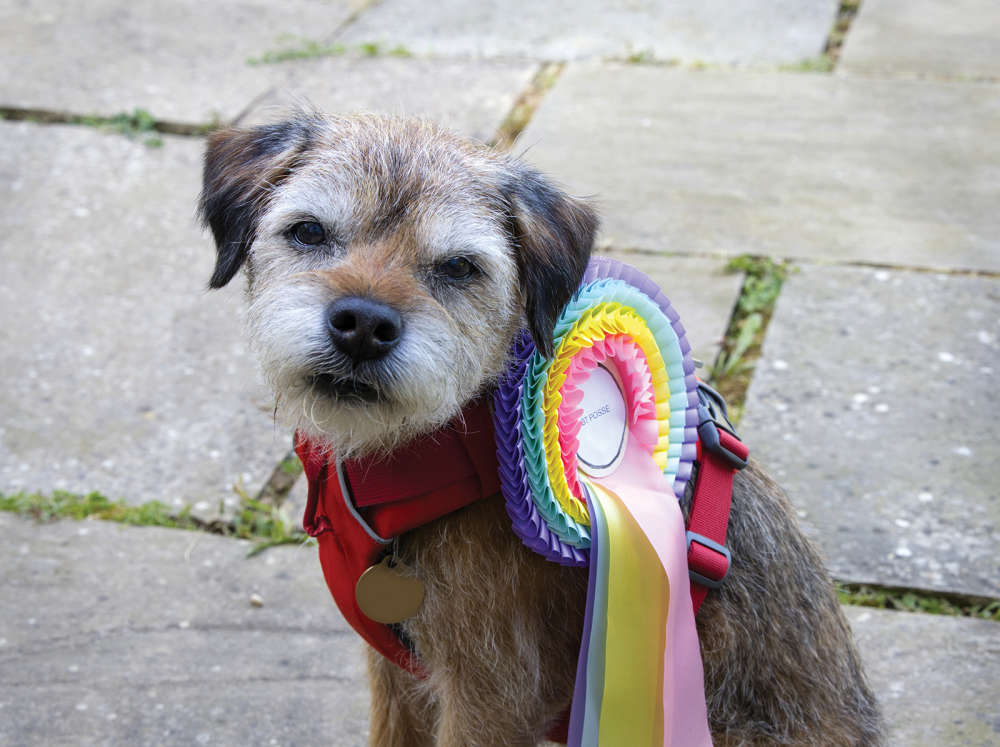 It's a Dog's Life: A Partly Political Broadcast
It's a Dog's Life: A Partly Political Broadcast
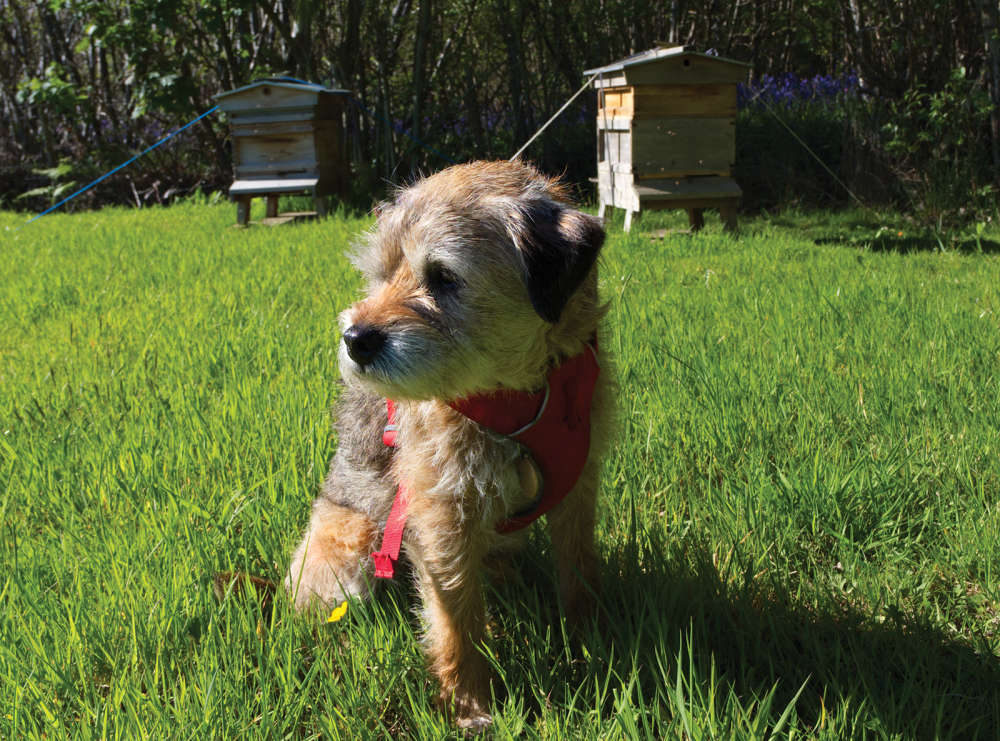 It's a Dog's Life: Our Hobbies are Not the Same
It's a Dog's Life: Our Hobbies are Not the Same
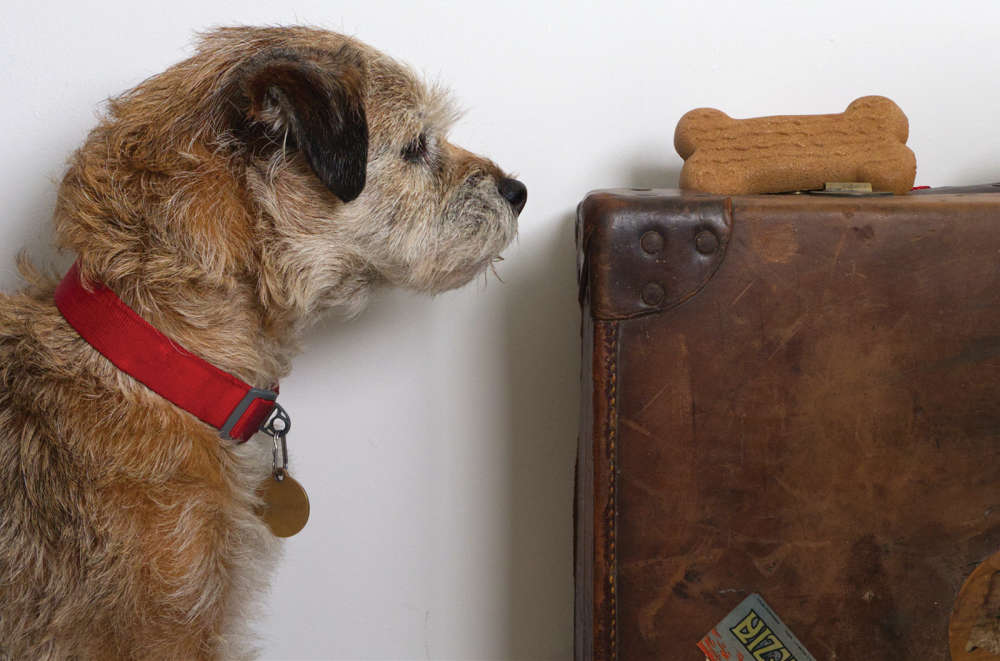 It's a Dog's Life: Our Currency is Biscuits
It's a Dog's Life: Our Currency is Biscuits
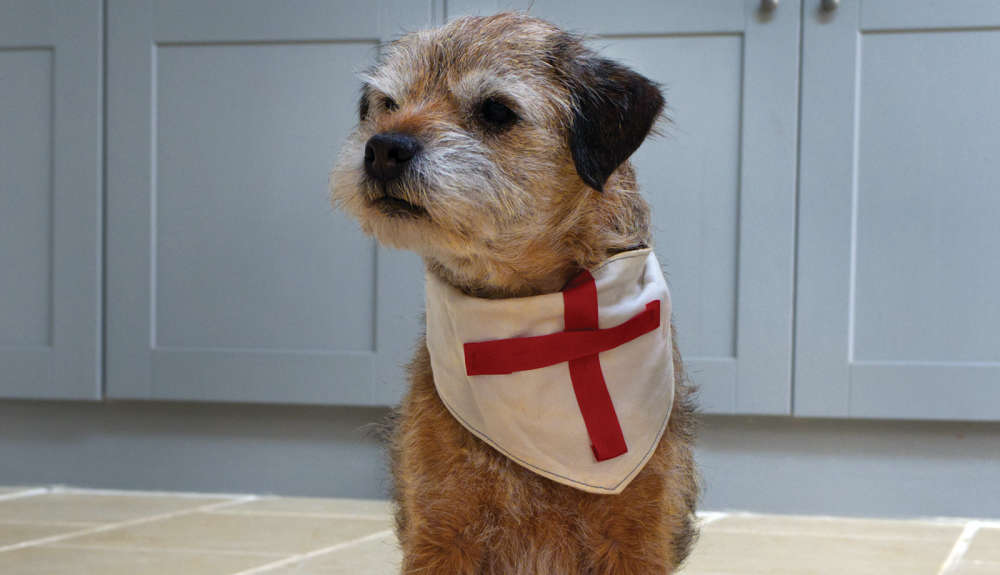 It's a Dog's Life: Teddy & the Dragon
It's a Dog's Life: Teddy & the Dragon
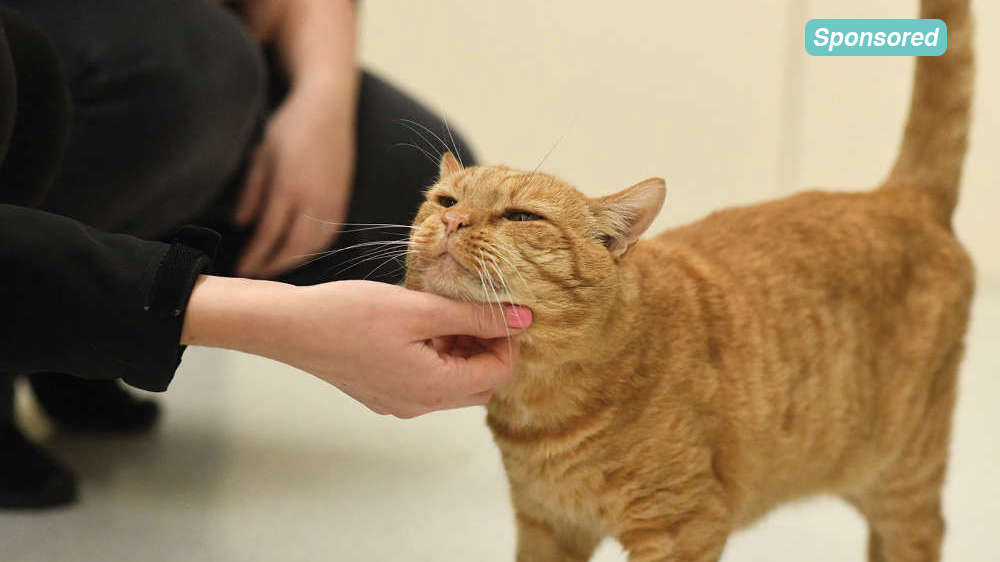 Paws for a Cause
Paws for a Cause
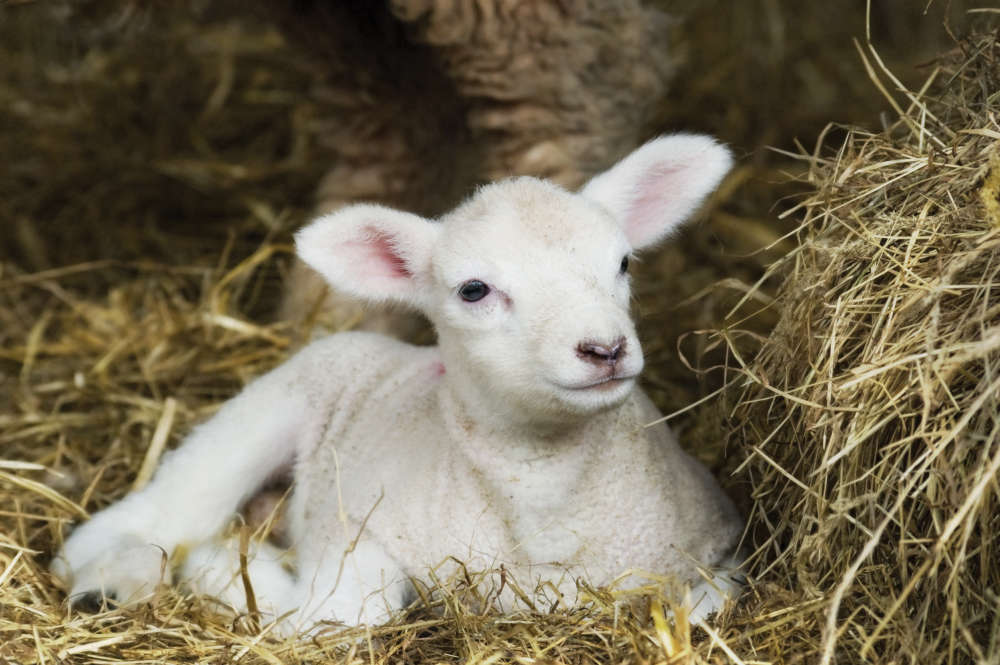 Kids Zone: Lambing in Spring
Kids Zone: Lambing in Spring
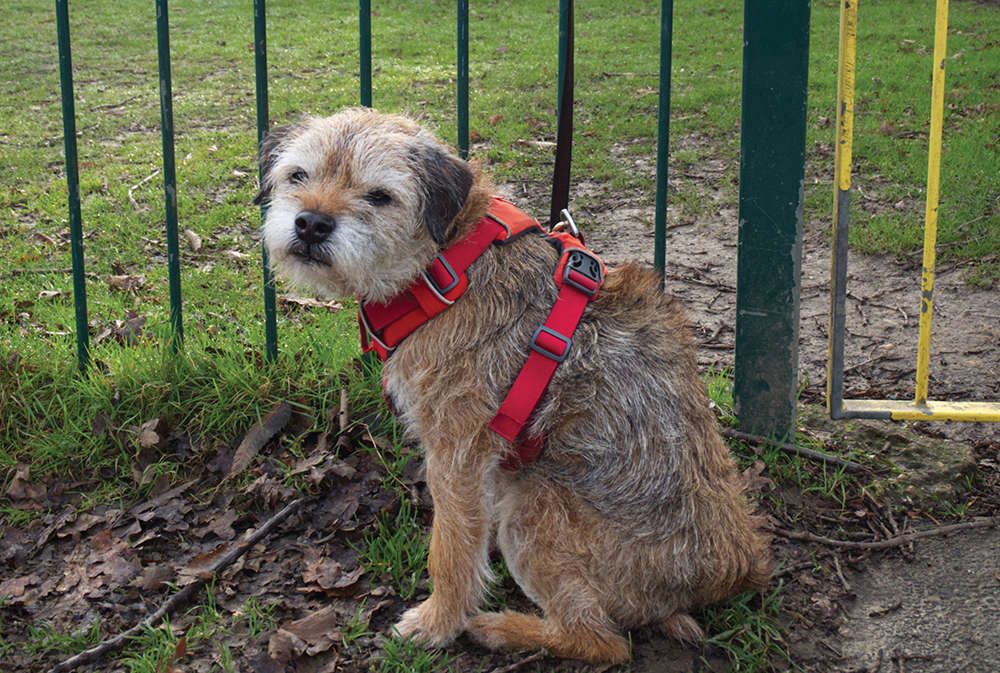 It's a Dog's Life: Access Denied
It's a Dog's Life: Access Denied
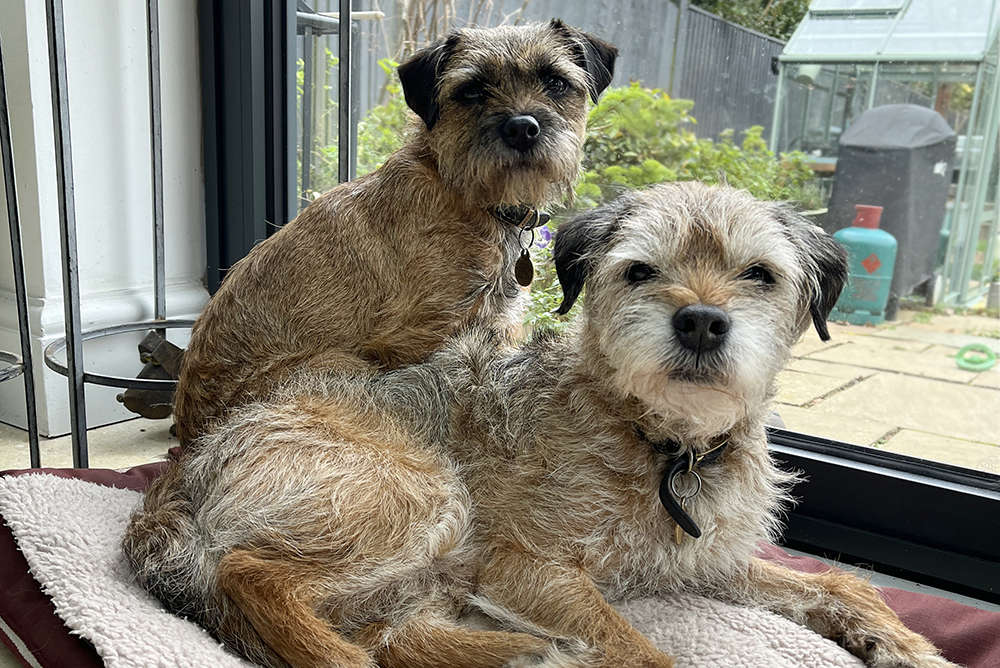 It's a Dog's Life: February is not just for Pancakes
It's a Dog's Life: February is not just for Pancakes
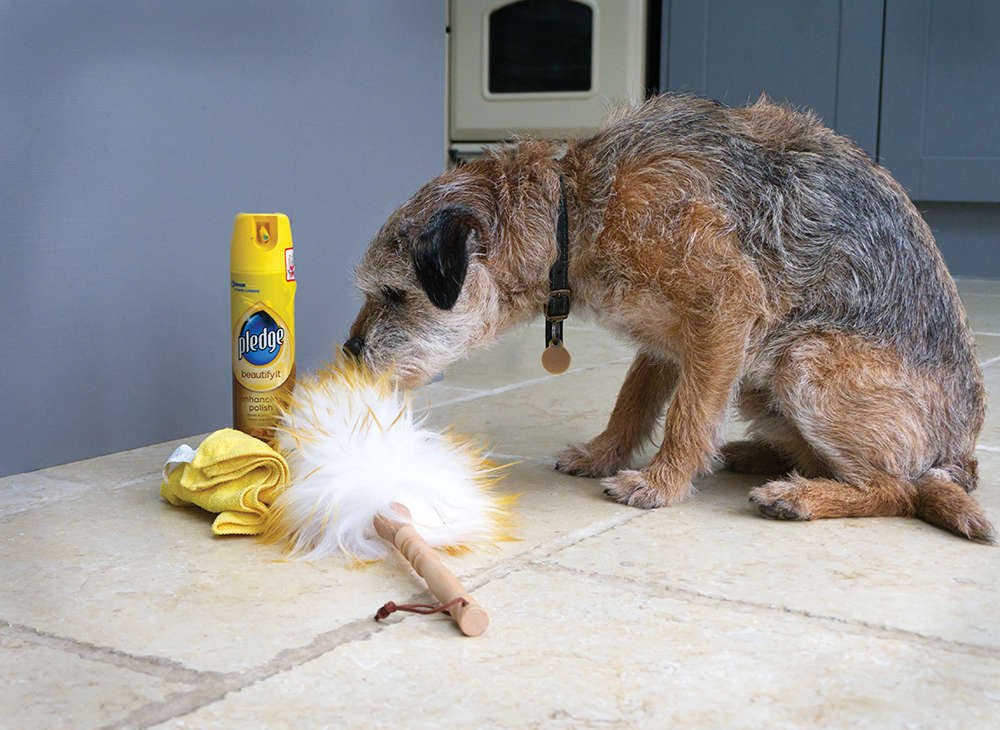 It's a Dog's Life: Cleaning Up
It's a Dog's Life: Cleaning Up
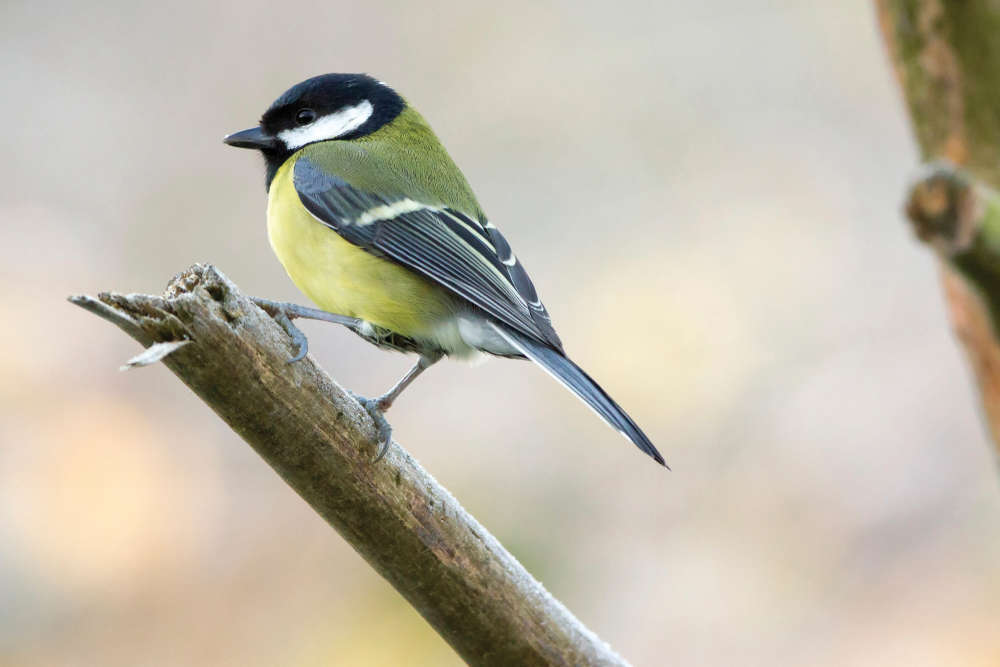 Top 10 Garden Birds to spot in Sussex
Top 10 Garden Birds to spot in Sussex
 Top Tips: Keep Your Pets Safe this Bonfire Night
Top Tips: Keep Your Pets Safe this Bonfire Night
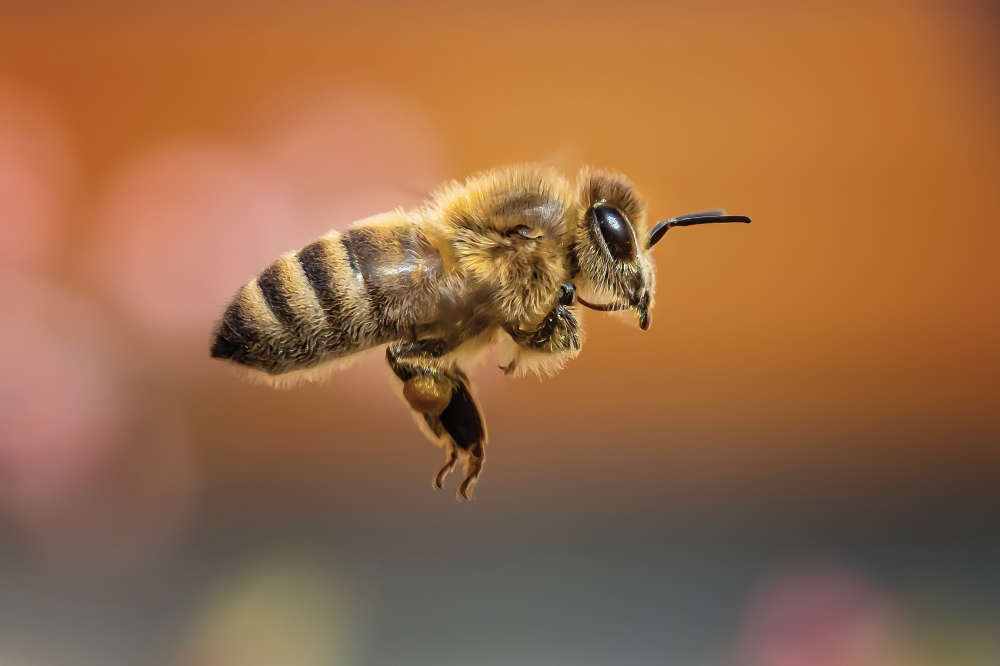 Advertising Feature: Plan Bee
Advertising Feature: Plan Bee
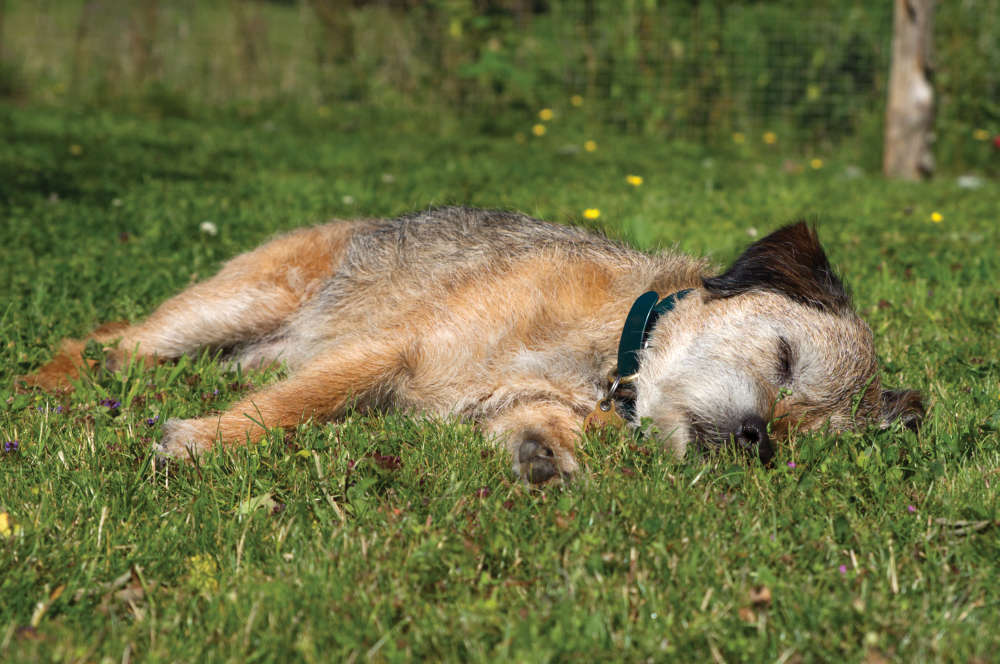 It’s a Dog’s Life - The Quiet Life
It’s a Dog’s Life - The Quiet Life
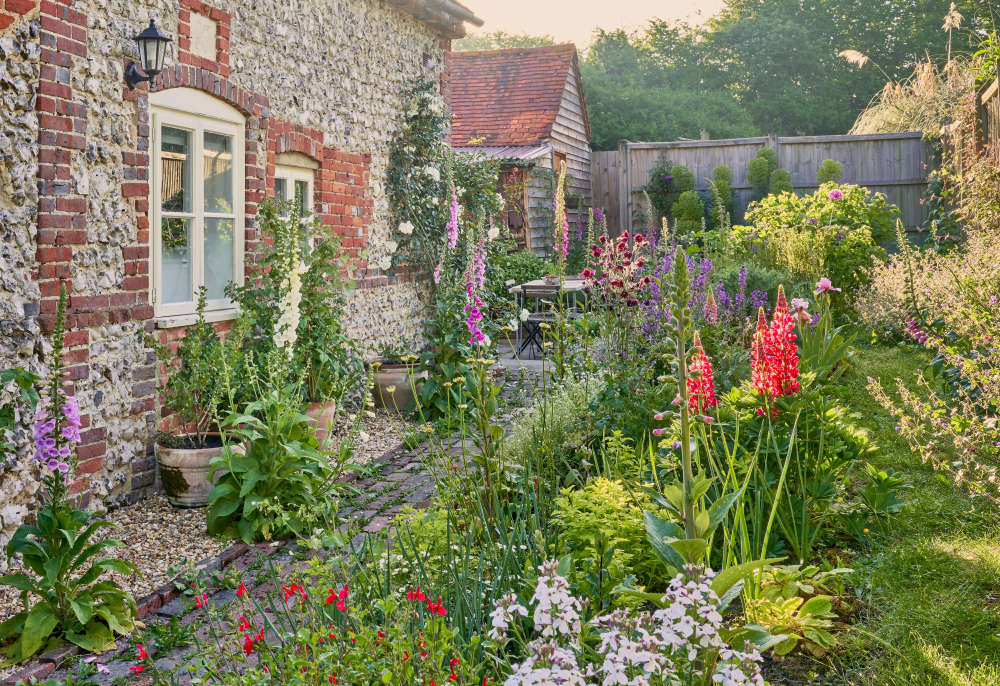 What should you be looking out for in your Sussex Garden this Summer?
What should you be looking out for in your Sussex Garden this Summer?